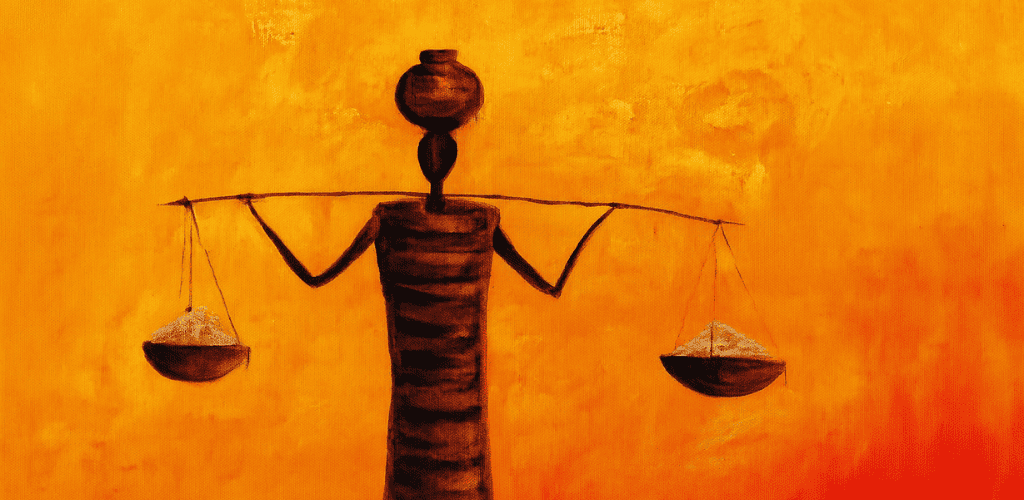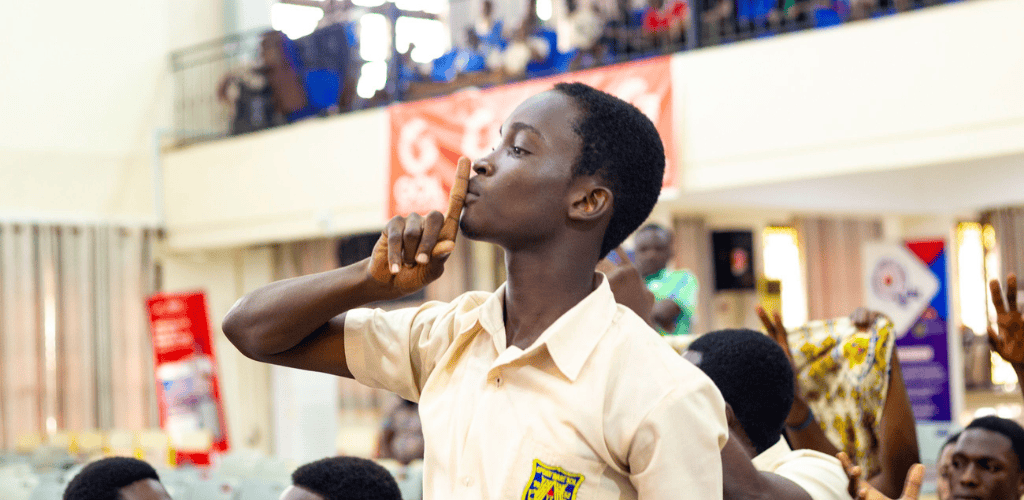In Ghana today, a student’s future is primarily shaped by one thing: their performance in the Basic Education Certificate Examination (BECE). It’s this exam that decides who goes to senior high school and who doesn’t.
But behind the exam is a grading system that most people don’t understand and very few talk about. It’s called the Stanine system. And it’s a big part of why many students, especially those in rural and under-resourced schools, are left behind, no matter how hard they try.
The Stanine system was introduced in 1987, following the experimental JSS phase in the 1970s, where a criterion-referenced grading system was used, as part of Ghana’s new education reforms. It replaced the old Common Entrance Examination and became the main way to grade students after junior high school.
The idea was to have a fair and scientific way to rank students, but the system introduced was never truly fair.
Stanine means “Standard Nine.” It ranks students from Grade 1 (best) to Grade 9 (lowest), but here’s the catch: it doesn’t grade students based on how well they do on the exam. It grades them based on how they perform compared to other students in the same year.
So instead of saying, “This student scored 75%, which is an A,” the Stanine system says, “This student is in the top 4% of the group, so they get Grade 1.” That means even if everyone scores low, the top 4% still get Grade 1 when their actual marks are poor.
This system works in a world where every student has the same learning environment, the same teachers, the same books, and the same chances. But Ghana is not that world. The difference between schools is massive. Private and international schools often have well-ventilated classrooms, well-stocked libraries, computers, internet access, and highly trained teachers.
In contrast, many public schools, especially in rural areas, lack even the basics, such as textbooks, enough teachers, or desks for every student. Some students walk miles to get to school, only to sit in overcrowded classrooms with no science labs, ICT facilities, and sometimes no teacher for key subjects.
So when students from these two very different environments sit the same exam and are ranked against each other using the same Stanine scale, the system is already unfair. It doesn’t consider the challenges students face or the resources they lack. It just ranks them based on relative scores, as if they were all given the same tools.
It’s like making two people run the race, but knowing well ahead that one person’s legs are tied and expecting them to finish at the same time.
Worse, the Stanine system hides the truth. Because grades are based on ranking, they don’t tell us what a student actually knows. Two students in the same year may get a Grade 1 in Mathematics, but one might have scored 95% and the other just 56%. The system doesn’t show this difference.
And because the grading is based on a fixed percentage of students in each category (4% for Grade 1, 7% for Grade 2, and so on), the actual performance level can change from year to year. That means a Grade 1 in 2010 is not the same as a Grade 1 in 2024. There’s no way to compare or track progress, making it difficult to tell if education in Ghana is improving or getting worse.
Even Ghana’s own school placement system, the Computerised School Selection and Placement System (CSSPS), now relies on raw scores to place students in schools. That proves that even the government doesn’t fully trust the Stanine system. But instead of replacing it, we keep using it to grade students. And that grading still appears on results slips, influencing how parents, teachers, and students view performance, often in misleading ways.
The Stanine system seems to have been introduced to avoid discouraging students and alleviate political pressure. Many students failed the exams in the early years under the old grading system. The Stanine approach allowed the government to “improve” the results; fewer students were labelled “failures,” and political pressure was reduced.
But avoiding the word “fail” doesn’t fix the root problems. If students do not meet learning standards, hiding that fact with a ranking system only worsens things. It gives parents and students a false sense of success and leaves schools without the urgency to improve.
And then there’s the emotional toll. Imagine a child who works hard and studies every day but is stuck in a school without textbooks, a proper classroom, and a qualified teacher. That child may score 50%, which would be considered a decent effort. But because others did better, that child gets Grade 7 or 8 and feels like a failure.
On the other hand, a student in a better-resourced school might coast through and still get Grade 1. The Stanine system punishes students for being in the wrong place, not for lacking effort or ability.
What’s the alternative? Ghana could move to a criterion-referenced grading system, the kind already used in the West African Senior School Certificate Examination (WASSCE). This system doesn’t rank students against each other. Instead, it sets clear standards, for example, 75–100% is an A1, 70–74% is a B2, and so on.
This tells students, parents, and teachers exactly what each grade means and what a student has achieved. It allows for fair comparisons across years and gives students honest feedback on their learning.
But to make that shift, we must do more than just change the grading scale. The government must also define National Minimum Standards, the essential skills and knowledge every student should have by the end of junior high school. Once that’s done, schools can teach with clear goals in mind, and students can be tested on what truly matters.
We can even explore the idea of differentiated assessments, where every student takes a basic exam to measure minimum standards, and then a second paper for those aiming for higher-level placement, like what is done in the UK’s GCSE system.
At the same time, we must invest in struggling schools, especially those in rural areas. That means training and supporting teachers, building better facilities, and making sure every student has the learning materials they need. Equity in assessment only makes sense when we first ensure equity in learning opportunities.
The truth is, Ghana’s current grading system is confusing and unfair. It was built on political needs, not educational ones. And as long as we keep using it, we will keep failing the very students we claim to support.
We need a grading system that shows what students know, not just how they compare to others. One that builds confidence, not confusion. One that lifts every child, not just the lucky few. It’s time to stop grading on a curve of inequality and start building an education system that gives every student a fair chance to succeed.






